Chaos theory of careers tutorial: Using the Change Perception index CPI
The CPI is a short online inventory that is designed for use with individual clients or teams to measure reactions to change. It can be useful when helping individuals with career, personal or organisational change.
The CPI addresses ten key factors that can significantly facilitate or impair people or teams capitalizing on change. It is based on the Chaos Theory of Careers that states that:
- Change is inevitable
- People and circumstances are subject to a complex array of influences that are also changing…
- …which means change can be unpredictable and we cannot control everything
- We cannot always know in advance what will happen and thus we have to be comfortable with ambiguity
- Change can be non linear – sometimes small steps lead to disproportional outcomes and vice versa
- There is always the potential for things to change out of all recognition
An acknowledgement of these realities is an important predictor to how people will respond to change. Failure to see these realities is likely to result in resistance, denial, stress, obstructive and destructive behavior.
Individual responses
People and groups can use four different drivers to address change and ambiguity. They are:
- The Goal driver. Setting goals has the effect of focussing on one point and ignoring all other sources of complexity and change. In rapidly changing, unpredictable or far horizon situations over-reliance on this driver can lead to inflexibility and a lack of opportunity awareness.
- The Role driver. Dealing with change or complexity by dividing things into two simpler black and white categories can under-estimate or ignore important information, options or possibilities. Over-reliance on this driver can lead to inflexible ‘with us or against us’ , ‘either or or’ and overly narrow options.
- The Routine driver. Dealing with change or complexity by establishing strict rules, routines, policies and procedures. Over-reliance or strict adherence to this driver can lead to inflexible and unresponsive reactions to changing circumstances and exceptions to the rules, policies and procedures.
- The Change driver. Dealing with change by continual revision, experimentation, trial and error, pilot projects, learning, feedback, and openness to new ideas, new market or organisational or personal conditions.
The CPI measures these 4 drivers and the following six:
- Continual change – degree to which change is acknowledged as inevitable
- Need for control – degree to which uncertainty is acknowledged
- Small steps – recognition that small steps/ details can be important
- Dramatic change – recognition that things may change profoundly
- Pattern making – comfort with ambiguity and allowing things to emerge
- Bigger picture – seeing things in terms bigger than personal priorities
The test consists of 50 questions online and is available from Bright and Associates online testing service at http://www.jimbright.com/tests or register to take the test directly here (payment is via paypal’s secure system – use your credit card or paypal account!)
After completing the test online that takes about 20 minutes, an instant interpretive report is generated on screen and is also emailed to the individual or test administrator. ( The test can be purchased instantly online with a credit card or via pay pal. Alternatively bulk administrations can be pre- purchased for immediate access and control over who receives the emailed report).
Figure 1 A profile graph from the CPI online report
Figure 1 shows the graph generated at the end of the interpretative report, summarising the scores on the different factors for a client of mine. This was a person who enjoyed working overseas. They had a work history of moving from one assignment to another. They had a very positive attitude to change as reflected in their high scores for Continuous Change and the Change Driver. This person had a strong sense of purpose and understood how his work was important to others in his organization, to his clients and more generally. This is reflected in the Bigger picture score.
There were no challenges in terms of this person understanding the benefits and inevitability of change, counseling focussed around discussion of roles that provided an avenue for meaning and mattering consistent with their Bigger Picture values.
Figure 2 A person who is very open to change and dislikes routine
Figure 2 is a profile of another person who is exceptionally open to change. All the relevant scales show very high scores (Continuous Change, Small Steps, Radical Change, Seeing Patterns, Change Driver). This person can be seen to be a very big picture thinker (consistent with their score on this factor). Their sense of the bigger picture and a relatively lower Need for Control score, probably allows them to be content to see how things emerge over time (Seeing Patterns score high).
In fact this person is so into change, that any attempts to get them to adhere to a routine are likely to be meet with resistance, disengagement, or even attempts to undermine, challenge or change the routine. In some circumstances, where there is little scope for such change, such a person may be personally frustrated or even destructive.
They are more likely to best at leading change, and inspiring or reassuring others about the benefits of change.
Figure 3 A Goal driven person
Figure 3 shows a client who is open to change, and to some degree understands the uncertain nature of change. However this is counter-balanced by a high score for the Goal Driver indicating that their strong preference is to set goals as a way of managing change and reducing complexity and uncertainty. Other strategies are less frequently used, leaving the impression of a person who likes to take charge of changeable circumstances. They are likely to see failure in terms of setting unrealistic goals, or as an opportunity to set new goals.
Comparing the three people illustrated in figures 1 – 3, we can see how the CPI is able to distinguish quite distinct approaches and attitudes to change. This can be very important in guiding counseling sessions or in considering vocational options and plans. The first person looks for changing and challenging assignments that are congruent with his values and sense of purpose. The second person looks to continually change and to avoid routine at all costs, whereas the last person likes to “tame” change though the use of goal setting.
Client 1 might struggle in roles that went against his values, Client 2 might be positively disruptive unless continually stimulated with change, and Client 3, might become rigid and stereotypical in the face of a rapidly changing environment that prevented regular goal attainment.
Summary
The Change Perception Index is a practical tool that allows HR professionals, Counselors, Coaches and Change agents to engage clients on some of the most relevant dimensions of change, and to gain insights into their client’s preferences, and responses to change.
The test can be accessed for individual purchase at http://www.jimbright.com/tests or register to take the test directly here (payment is via paypal’s secure system – use your credit card or paypal account!)
Orders of multiple administrations can be arranged by contacting Bright and Associates.
The online version is based upon the earlier pencil and paper Complexity Perception Index. For information about the reliability and other psychometric properties of this instrument, see Bright & Pryor (2007).
Reading
Bright, J.E.H. & Pryor, R.G.L. (2007). Chaotic Careers Assessment: how constructivist and psychometric techniques can be integrated into work and life decision making. Career Planning and Adult Development Journal, 23 (2), 30-45.
Bright, JEH & Pryor, RGL (2007). The Complexity Perception Manual. Bright & Associates: Sydney
Pryor, RGL & Bright, JEH. (2011). The Chaos Theory of Careers. Routledge. New York.
Related Posts

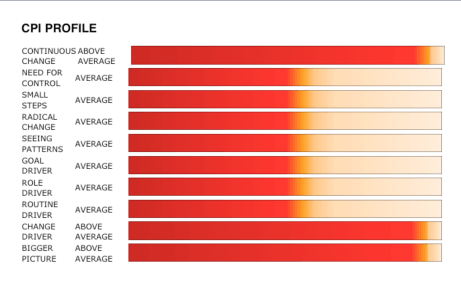
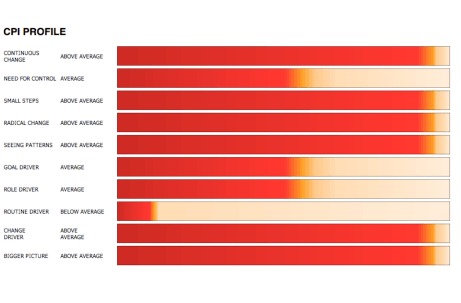
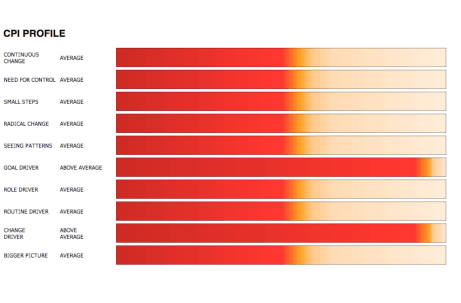

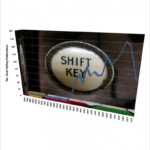



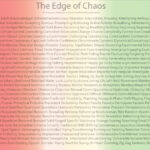

Pingback: Applied Chaos « Careers – in Theory
Pingback: Is the Chaos Theory of Careers doing Practitioners out of a job? | The Factory